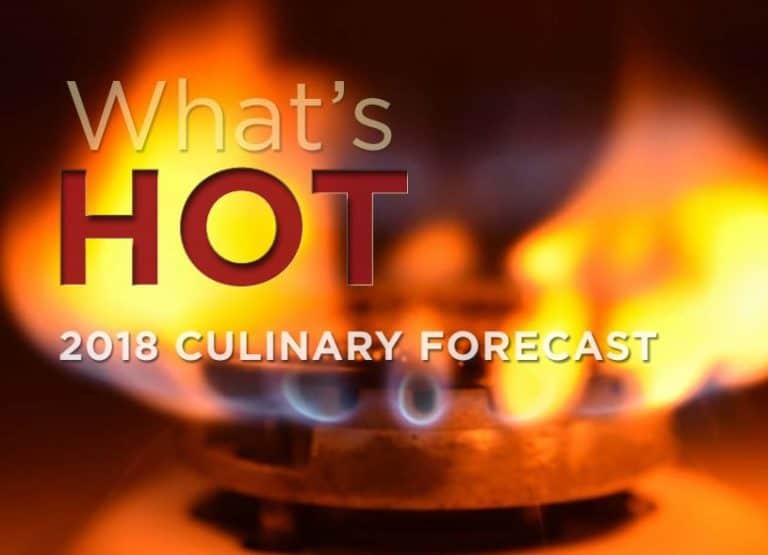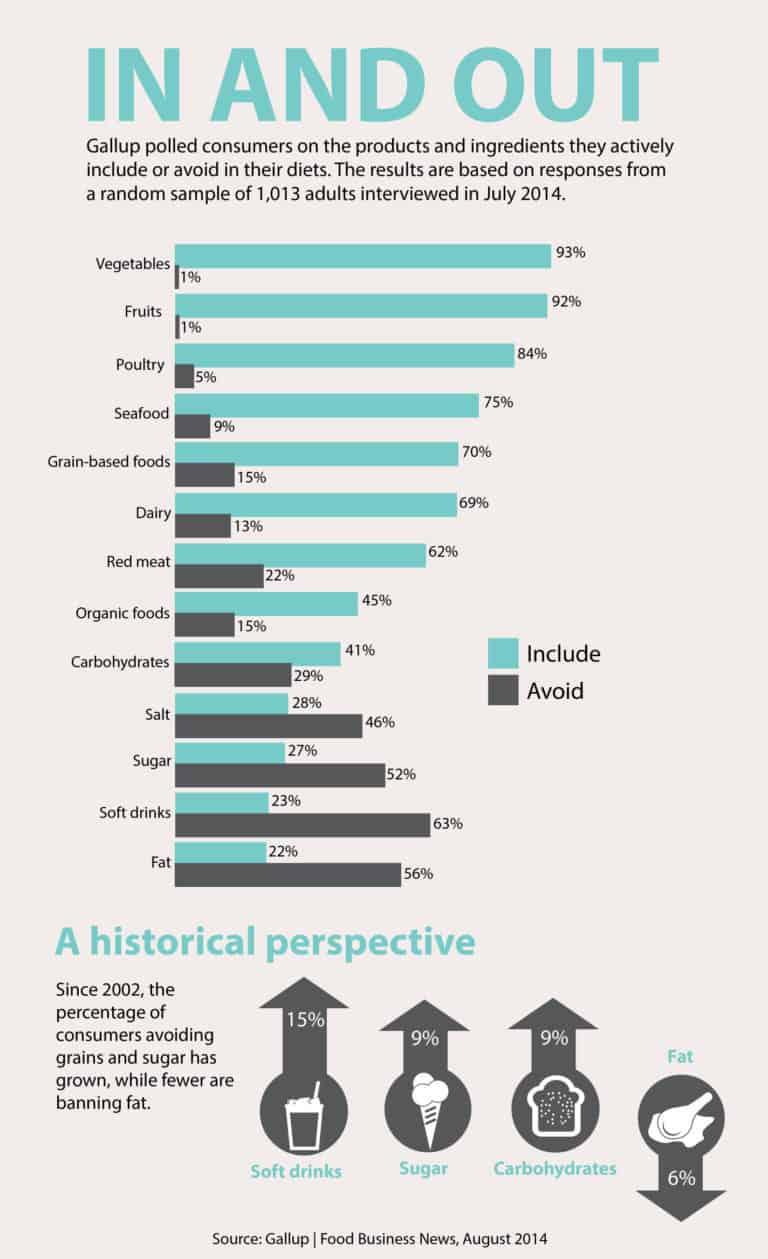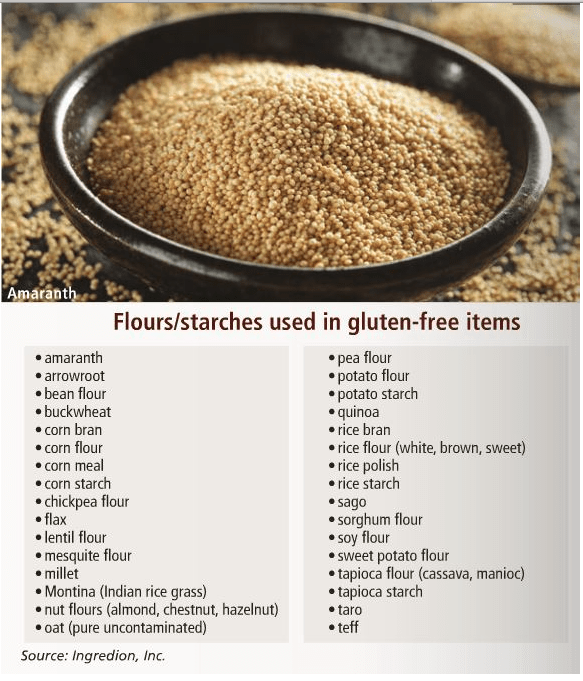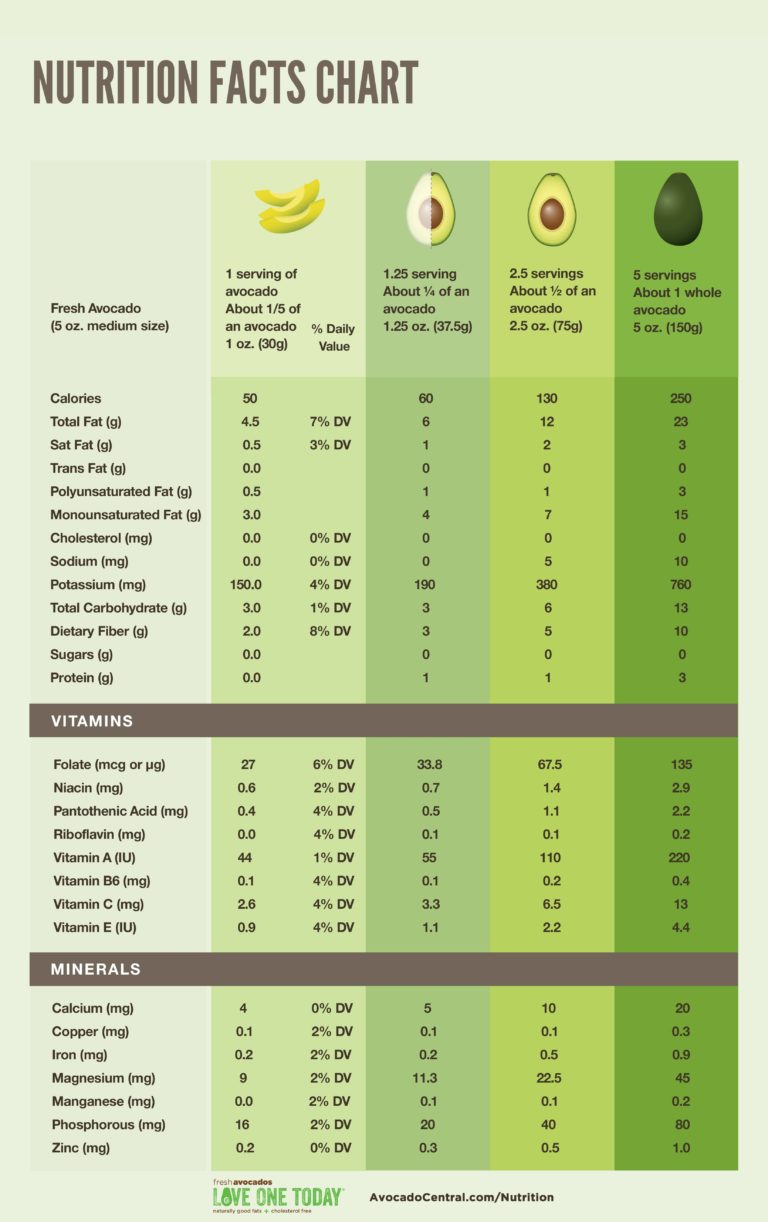Welcome to Our Eighteen Issue!
Feature Chef - Dan Barber

Executive Chef and Co-Owner
Dan Barber is the chef and co-owner of Blue Hill and Blue Hill at Stone Barns, and the author of The Third Plate (May 2014, The Penguin Press). His opinions on food and agricultural policy have appeared in the New York Times, along with many other publications.
Appointed by President Barack Obama to serve on the President’s Council on Physical Fitness, Sports and Nutrition, Dan continues the work that he began as a member of Stone Barns Center for Food and Agriculture’s board of directors: to blur the line between the dining experience and the educational, bringing the principles of good farming directly to the table.
Barber has received multiple James Beard awards including Best Chef: New York City (2006) and the country’s Outstanding Chef (2009). In 2009 he was named one of Time magazine’s 100 most influential people in the world.
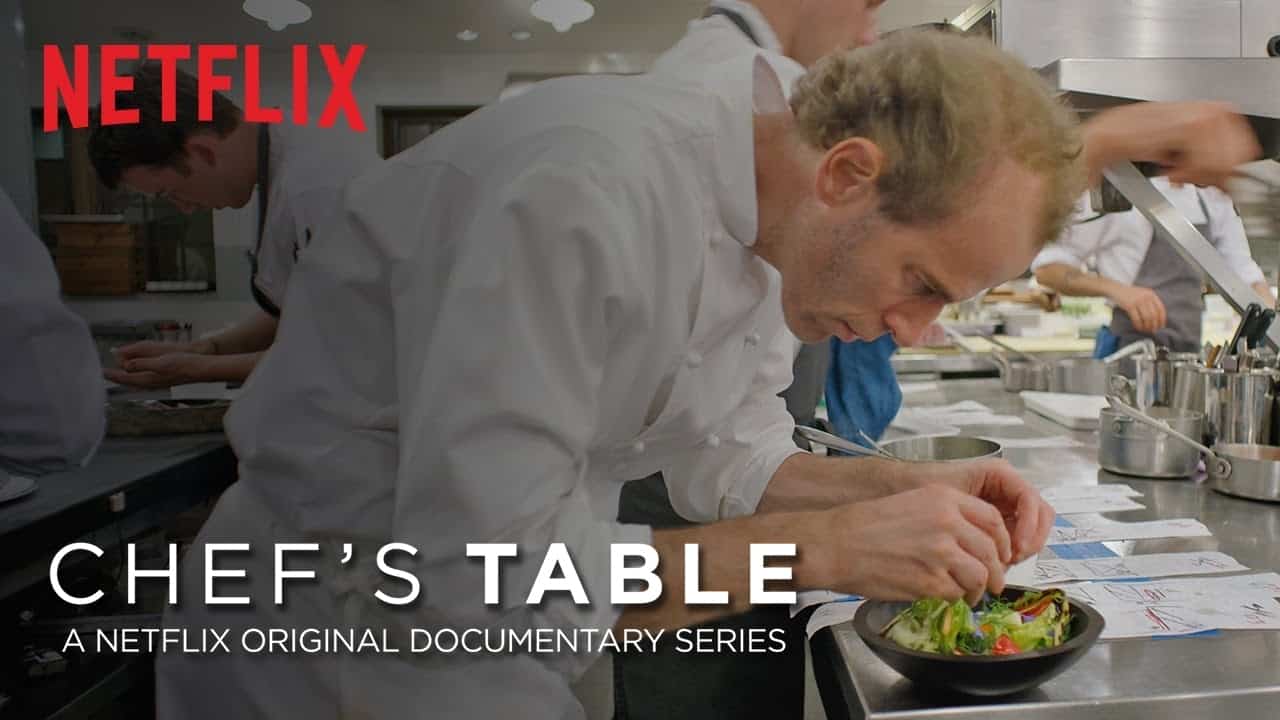
What's HOT?
The Spirit of Hospitality
As leaders, it’s important that we set the culture at the company so that everything we do resembles putting others before ourselves. This flows from genuinely caring about those we come in contact with (both internal guests and external), and it must be at the core of what we do. There will always be issues at work, just as there are always issues in life. How we handle these issues will vary greatly based on whether or not serving others first—even our most challenging associates—is at the core of who we are and what we do. For job commitment with a purpose, we must teach character, not success, focusing on building character, not characteristics.. Learn more!
Information provided by Larry Stuart
Menu Labeling at a Glance
As we all know, starting May 7th of 2018, and after more than 2 years of hard work, the menu labeling guidelines that passed in 2010 became a reality and will now be enforced. These guidelines will affect more than 200,000 restaurant locations in the United States which will now need to display nutrition information for their patrons. The law requires those restaurants with more than 20 locations to post calories and have nutritional information available upon request. The transparency now passed on to consumers was long overdue and the new menu labeling guide finally provides clarity for restaurant operators on their requirements, and will help Americans make better choices when they dine out
Who needs to comply with the law?
Information provided by Aminta Martínez-Hermosilla, MS
Think Positively (Leadership)

Is the guiding force that will help you identify your path to success by providing a strong foundation for all strategic decision-making.
Definition: Leadership is getting results in a way that inspire trust, it is maximizing both your current contribution and your ability to contribute in the future by establishing the trust that make it possible. Lead on!
Quote's
That will help you stay ahead of the game.
"I don't regret the things I did wrong, I regret the Good Things I did for the wrong people"
Lead On!
Where Good Intentions Get Stuck
Before we could craft a solution, we first had to understand the problem. We started with the belief that every operator always has the best interests of their restaurant at heart. Assuming that's true, why would you – or any responsible operator – fail to implement ideas you knew could help you be more successful? We reflected on that question and came up with a list of possible explanations
Lack of Knowledge
Lack of Commitment
Fear of Failure
Over-Analyzing
Second-Guessing
Lack of Time
Not Knowing Where to Start
Sense of Superiority
Lack of Follow-Through
No Clear Purpose
Unknown Author
Culinary Corner

Form the American Culinary Federation, your chance to create spectacular dishes and contribute with inspirational new ideas.
Click below for more information:
The 2016 Menus of Change Annual Report was released at the fourth annual Menus of Change leadership summit on June 14. It includes an analysis of issues at the convergence of public health, the environment, and the business of food, plus and updated Dashboard of how the food and foodservice industries have progressed—or not—since last year’s report was issued.
The World Culinary Arts Video Series
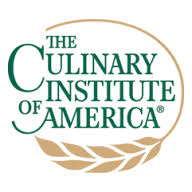
Read more and enjoy the videos at: Amazing video library from The Culinary Institute of America
Trends to Watch

Just like fashion, food trends come and go in the blink of an eye. Every year, we see a rise in these fads that inevitably affect the way we eat and plan our meals. From superfoods to juice cleanses, the modern dining pattern has undeniably been influenced by the presence of a health-conscious effort, which we see continuing into 2018.
Hungry for more? Visit 2018 Food Trend Predictions
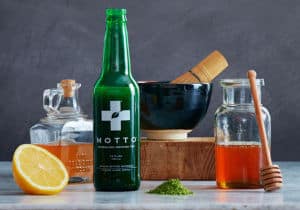
Plenty of health fads go like this: Flashy food gets a publicist, becomes famous overnight, and disappears forever. Then there are the legit healthy heroes—the less-hyped-yet-hard-working kind that go about quietly for years before finally getting their moment.
And let’s not forget the salad-bar staples that are forced into the spotlight when new research surfaces, highlighting yet another health benefit. Even the fittest bodies can have a hard time keeping up. Here are the ones you should get to know: Matcha, Sea Buckthorn, Beets, Maca.
Learn more by visiting: The New Health Foods: What to Eat Now
Food Safety Month
Good personal hygiene is key to food safety. Employees should know:
How and when to wash their hands
What your glove policy is
What defines a clean uniform
What jewelry is allowed
Your policy on long, painted, or false fingernails
Before handling food, employees should wash their hands for a minimum of 20 seconds, scrubbing front and backs of hands with soap.
Food handlers should also be aware of your glove policy, including new mandates that require a single-use glove be used to cover bandages on the hands.Personal HygieneTime and Temperature controlPreventing cross contamination
Hail to the Kale!!
Kale is one of the cruciferous vegetables, cancer fighters full of fiber and antioxidants. great addition to salads or you can bake it with a spritz of extra virgin-olive oil and sea salt for a crispy potato chip alternative.
Culinary Forecast

Nutrition, Eat Better
Salt, Consuming the right amount, Most Americans consume more sodium than is good for their health, according to the Centers for Disease Control and Prevention. Learn more!

8 Tips For Avoiding Gluten Cross Contamination – PrimoHealthCoach
▪ Oils that have been used to deep fry battered foods will contaminate foods like French fries. Use separate oils, and ask the chef when dining out if the same oil is used for battered foods.
▪ Cutlery, utensils and potsand pans must be thoroughly cleaned before cooking gluten-free to avoid cross-contamination.
▪ Toasters and ovens that have been used for glutenous breads can contaminate gluten-free breads. At home try to keep two separate toasters.
▪ Grills and barbecues can easily cross-contaminate foods if not properly cleaned. Many sauces used to barbecue have gluten.
▪ Sifters used for both glutenous and gluten-free flours will cross-contaminate. At home if you use both types of flour, keep separate properly labeled sifters.
▪ Your mayonnaise, peanut butter jar, jams and jellies are easily contaminated when making sandwiches.
▪ Glutenous flours have a tendency to stay airborne for some time after use. Cooking in a kitchen shortly after preparing foods with glutenous flours is risky for the sensitive person. Because of this I find it very hard to believe that you can get a truly gluten-free pizza from a pizza restaurant that makes regular pizza as well.
▪ Any foods not prepared in a gluten-free facility, including your own home, runs the risk of getting cross-contaminated.
Goodness!!
Avocado oil; this silky fruit oil helps fight joint condition and promoted soft skin.
